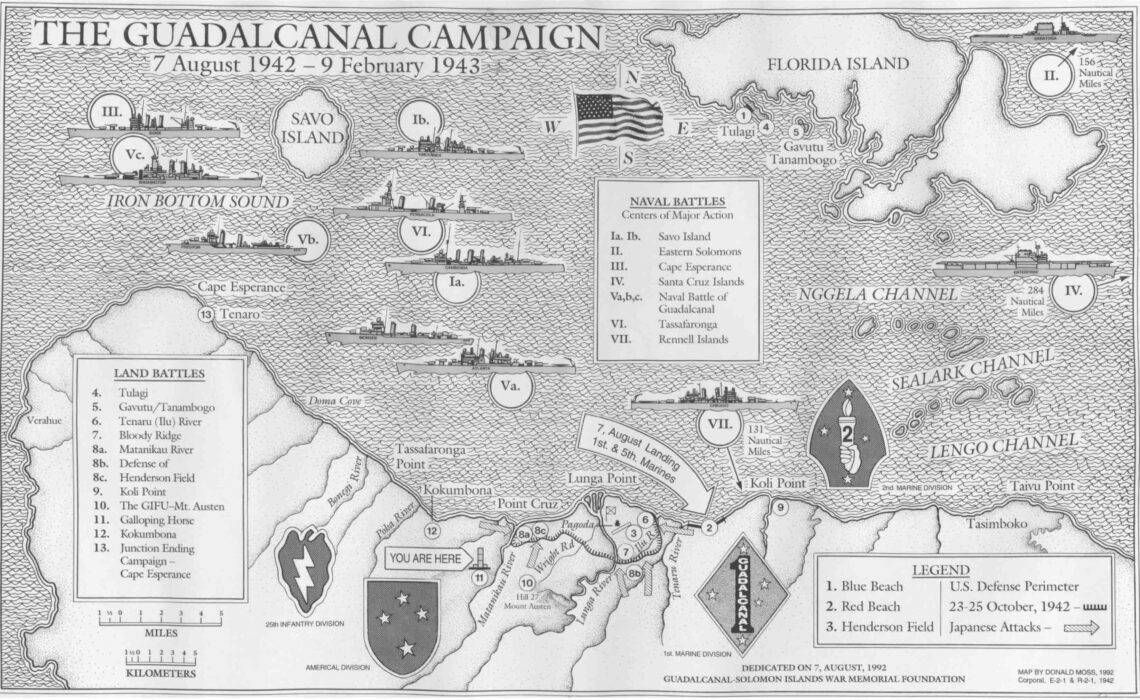-
Stories: Connecticut Servicewomen
The 20th century saw the United States military undergo rapid transformation, implementing a variety of newfangled equipment, modern tactics, and developed new doctrine. One such change was the integration of women in the U.S. armed forces. Transcending Apple Pie and Motherhood: Women in the Military Recent historiography has delved into the adoption of women in the military. From the Second World War to the Invasion of Iraq, historians have spoken of the military’s utilization of women as a (wo)manpower resource, the military integration policies of the Cold War, and the prohibition of women from direct combat. This presentation contextualizes the service of Connecticut’s female veterans, showcasing the veterans’ individual roles…
-
How to Search the Collections
Connecticut’s Veterans History Project boasts hundreds of interviews, publications, and personal papers of Connecticut veterans from the First Great War from 1914-1918 to the current Middle Eastern conflicts in Iraq and Afghanistan. With such a large and growing collection, searching and exploring the Veterans History project can seem daunting. This post will provide a tutorial on how to search and maneuver the collection. The Veterans Database uses 9 selections to narrow down the search; Last Name, First Name, Gender, Battles, Unit/Ship, Served in, Branch, War, and Commodation. The first three selections mentioned above; Last Name, First Name, and Gender pertain to the veteran(s). The legal first and last name, and…
-
Stories: Leslie Hardin
CONTENT WARNING: THIS POST CONTAINS REFERENCES TO SEXUAL ASSAULT AND VIOLENCE. Leslie Hardin is one of many veterans from a military family. Her father served in WWII, and after high school Leslie followed his footsteps into the Army Reserve in 1980. Leslie’s experience in boot camp was everything she’d hoped for. Camaraderie, challenges, and exciting work. She describes the joy of teamwork, being pushed to achieve her best. The experience was so positive that after basic training Leslie enlisted in active service, ready to make a career in the Army. But among Leslie’s many positive experiences, there was also a terrible crime. One night off-base, two men in uniform raped…
-
Stories: Guadalcanal
The wealth of personal narratives within the Veteran’s History Project comes with one problem: context. Veterans always take the time to explain the where and when of their experiences, but the why and how can sometimes present a challenge. During interviews with veterans who served at Guadalcanal, many ended up referring to history books they’ve read to better understand their own experiences within this complex, six-month campaign. This week, we’re providing some context of our own in: Stories: Guadalcanal This project contextualizes the campaign by locating each veteran’s experience within a broader history. The impetus came with a detailed map created by marine veteran and artist Donald F. Moss. Take…
-
Why the Veterans History Project Matters
Veterans Day began as a holiday to celebrate the Armistice that ended the War to End All Wars. Of course, we know now that, although the fighting stopped at 11AM on November 11th, 1918, it was far from the end of all wars. In the USA, Armistice Day was changed to Veterans Day by President Dwight D. Eisenhower after WWII. Today, it honors all American Veterans from all conflicts. It is a day when we can honor the patriotism embodied in the veteran experience. For our part, members of the Veterans History Project team have taken today to describe why this project matters to them: “The Veterans History Project is…
-
Visualizing: Comparisons
How representative is the Veterans History Project? The 20th century saw the US military engaged in conflicts around the world. According to the U.S. Department of Veterans Affairs nearly 42 million American men and women served their country in these conflicts. From those millions of veterans, the Connecticut Veterans History Project has nearly 800 different entries. And while that may seem a small snapshot, the oral histories alone add up to nearly 1000 hours. Comparing historic statistics from the nation-wide V.A. to the Connecticut-wide Veterans History Project helps us better understand how this collection relates to the American military experience in the 20th century: By making this comparison, it’s easier to see how the Project does –…
